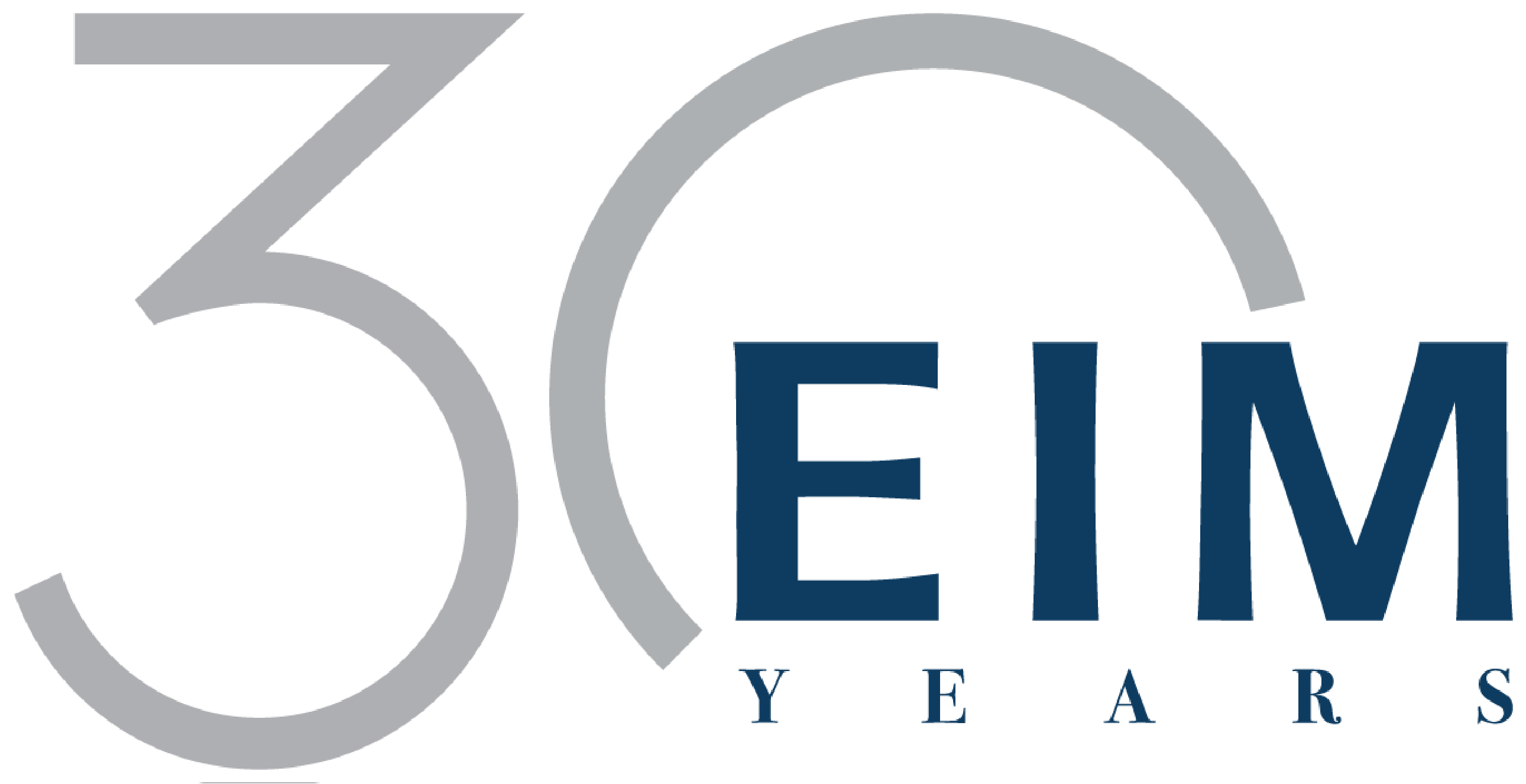
Agility Update October 2019
AN INDEPENDENT GLOBAL PARTNERSHIP BACKED BY THE EXPERIENCE OF OVER 10,000 ASSIGNMENTS WORLDWIDE.
Welcome to the October issue of Agility Update. As befitting Spring, the season of growth and renewal, our first article focuses on change and posits that successful change management starts with improved organisational forecasting. Following this is an article on learning and development or L&D as it is widely known in corporate circles. In an age of rapid change, continuous learning, reskilling and upskilling is a must and the advent of Artificial Intelligence and Data Analytics is completely changing this landscape. Our final article takes a look at the venture capital scene in Australia which brings to life the catchphrase “follow the money”.
Forecasting Change
Rather than debate the merits of competing change management models, there is a view that managing change starts with forecasting the future. To get better at forecasting, Australian futurist Paul Higgins of Emergent Futures suggests executives improve their organisational forecasting capacity by choosing the right people to be involved, putting in a structured process, and improving situation awareness of the landscape the business is operating in and might operate in.
One useful methodology to identify signposts of change is Wardley Maps – a visual representation of the landscape in which a business operates. It consists of a value chain of activities needed to fulfil user needs graphed against how individual activities change over time.
As part of the forecasting process, executives should also challenge their current business categories and beliefs. The Harvard Business Review (HBR) argues business often create and rely on categories that are invalid, not useful, or both – and which can lead to major errors in decision making. HBR’s advice is to schedule regular “defossilisation” meetings to scrutinise the most basic categories and beliefs about what is happening in your industry. Ask: Is a categorisation still valid? Is it useful? Is your model of the customer landscape still relevant? Are customer needs and desires changing?
Challenging accepted practices should not stop when it comes to implementing the organisational change. Rather than the conventional top-down model, a bottom-up approach may work better as evidenced by this HBR case study comparing change success and failure in similar primary-care departments in two U.S. hospitals that were part of the same parent organisation.
Hyper-personalised L&D
The workplace of today is one where skills have a short shelf life and the need for ongoing learning and development is greater than at any previous point in history. A majority of Australia’s CEOs recognise this ongoing reskilling responsibility (54%, versus 67% of CEOs globally) and agree that they have a responsibility to retrain employees whose tasks and jobs are automated by technology. Complementary findings from PwC’s Workforce of the Future study show three-quarters of respondents are willing to take the initiative in updating their own skills rather than relying on their employer.
Bridging the gap between employer and employee needs will require reworking Learning and Development (L&D) to meet new user experience expectations e.g. personalised or hyper-personalised training encompassing just-in-time learning designed to close a specific knowledge gap in a current role, right through to development of competencies and behaviours needed for future roles. Also important are mobile delivery of bite-sized learning, and facilities for social learning, sharing and feedback, particularly for frontline workers without a desk or computer. Google estimates these ‘deskless workers’ at 80% of the global workforce or about 3 billion people, pointing to huge business opportunities.
Personalised learning journeys can be enabled by the new crop of Learning Experience Platforms that:
- recommend content based on an employee’s current role;
- allow employees to curate, publish and share content, based on experience or interests;
- use data and analytics to identify skill gaps and learning needs.
Hyper-personalisation – think how personal Assistants like Google Assistant, Amazon’s Alexa, Apple’s Siri, and Microsoft’s Cortana learn your preferences and habits – will also bring a new challenge: walking the thin divide between unwanted privacy violations and a tailored employee learning experience. Read more at Top 11 learning trends for 2019
Australian VC: State of Play
Australia’s venture capital (VC) industry has changed dramatically over the past few years and is now bigger and more global than ever before. This insight shared at the recent Australian Investment Council’s Venture Capital (AVCAL) Industry Forum held in Sydney was backed up by KPMG which recorded that VC invested in Australian startups hit a record US$1.23B in the 2018/19 financial year. AVCAL participants were also told early stage companies today are choosing to stay private for much longer than was the case just 10 or 20 years ago, and by doing so they are seeking to grow, expand and become more operationally established through strategic partnerships with their venture capital investors.
Yet, the VC sector in Australia is still only about 5 years old in its current form. To set a benchmark, Innovation Bay, partnering with KPMG High Growth Ventures, surveyed active technology VC funds in Australia. More than 80% of those contacted – 35 in total – responded.
The resulting "most comprehensive snapshot" of the local startup investment community showed:
- Nearly half (46%) of VC firms completed more than 6 investments in FY19, with 37% completing 10 or more transactions.
- The majority of VCs (53%) said their average deal size was between $1M and $5M, and just under a fifth (19%) said they are now investing in the $5M to $50M range.
- Valuations are on the rise, with 67% saying they’re seeing an increase, and none saying valuations have decreased.
- The top sectors of interest to VCs are deep technology (63%) and fintech (60%), with medical tech, agtech and consumer technology rounding out the top 5.
- Hiring was the stand-out challenge for startups, selected by 40% of the VC respondents. Next was sales, with “gaining and retaining customers” selected by 29% of VCs.
- When it came to support, 4 out of 5 VCs said they provided some form of support. For more than half (54%) it was recruitment support followed by finance/legal (36%), mentoring (36%), business development (29%) and capital raising (29%).
- More than half (58%) of the VC firms said a startup in their portfolio provided an exited in the past year. Of the “yes” firms, all but one (who exited over 9 investments) said the number was in the 1-3 range.
.

EIM AUSTRALIA
EIM (Executive Interim Management) was founded to meet the need in client organisations for experienced leaders at short notice to facilitate and accelerate change. We are an independent global partnership backed by the experience of over 10,000 assignments worldwide.
Arrange a consultation >